Fordham Prepares Facilities with COVID-19 Provisions
Familiar places on campus, like the library, pictured above, have been altered to help keep social distancing. (Mackenzie Cranna/The Fordham Ram)
September 23, 2020
In preparation for reopening amidst the COVID-19 pandemic, Fordham took multiple steps to update its facilities to keep the campus community safe.
Marco Valera, vice president for Administration and COVID-19 coordinator for Fordham, said the university followed guidelines from New York state when creating cleaning standards and frequency in public areas, facilities, dorms and restrooms.
He said the university increased the amount of times they clean spaces on campus with a focus on daily cleaning.
The new sanitization procedure is split into two steps, cleaning and disinfecting. On the Fordham Forward page of Fordham’s website, there is a separate tab titled Cleaning and Sanitization for Returning to Campus.
According to this page, existing custodial support resources will provide all major sanitizing and cleaning services on a more frequent basis depending on the contact risks associated with the particular area. Cleaning and sanitizing schedules for common, high touch, high-risk areas will be increased to twice per day.
“Contact surface treating technologies such as ultra-violet C and electrostatic equipment will be deployed throughout the campuses,” read the page. “The University will supply students, faculty, and staff with disinfecting wipes and access to hand sanitizers in classrooms and building entrances.”
Valera said they de-densified classrooms by leaving fewer chairs in the room, and every classroom and public area was provided with wipes and sanitary sprays.
Public high traffic areas (like dining locations, Public Safety and the library) have shields installed. Valera said there are not many shields around campus because it is not strictly recommended by the state guidelines.
Ventilation was enhanced in Fordham buildings and the air conditioning systems were reenergized and run 24/7 in buildings to improve airflow. Valera said Portable Filtration Units were installed in classrooms where the ventilation system recirculates. Some areas have windows open most of the time, and ventilation filters are changed frequently. Some ventilation systems bring outside air in. For example, Valera said McGinley Center is one area where certains spaces reach up to 100% outside air circulation.
Nanoseptic self-disinfecting elevator buttons have been installed in almost all elevators on campus as of Sept. 17. These buttons work through a copper coating that does not allow viruses to linger.
“NanoSeptic surfaces utilize mineral nano-crystals which create a powerful oxidation reaction. Working 24/7, the surface continually oxidizes organic contaminants,” reads the Nanoseptic website.
Rev. Joseph M. McShane, S.J., president of the university, also said signage and public awareness campaigns will continue to be omnipresent across the campuses.
“Perhaps the most visible aspects of the Fordham Forward plan are the modifications to the University’s facilities, which include: changing foot traffic flows in high-use areas with associated floor markings, directional signage and modifying stairway directions to minimize potential face-to-face exposure; reduced elevator capacity and usage — including social distancing in waiting areas; discontinuing the use of shared private offices; and identifying “enter” and “exit” doors where feasible,” said McShane in an email sent to the Fordham community on Aug. 4.
A student committee and multiple working groups researched and made plans for how to reopen. The plan also had to be reworked and approved by the governor, according to Valera.
Valera said the situation with COVID-19 has been unprecedented, and reopening was done carefully. He said the school has been allowed to efficiently complete its job because many places in the state are still shut down. However, the university is still playing catchup in many aspects, he said.



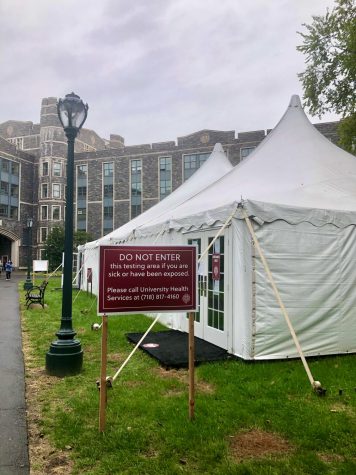
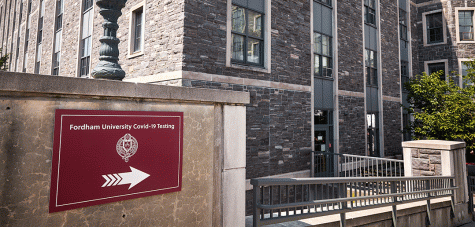
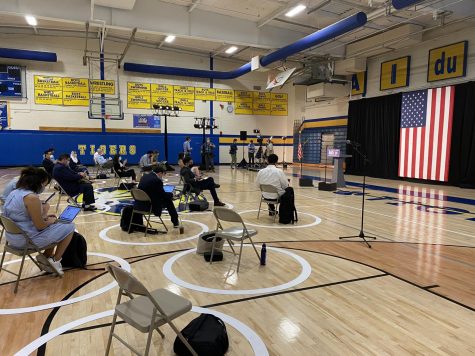
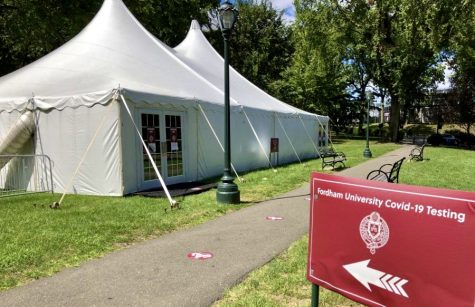
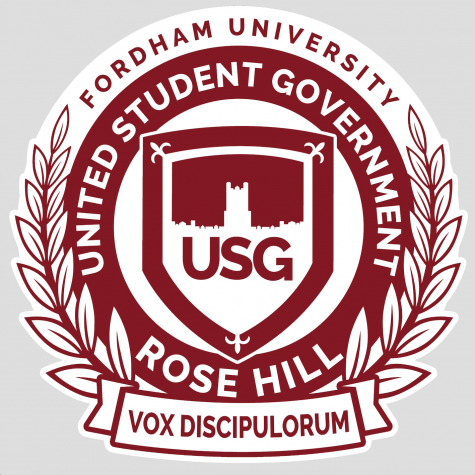
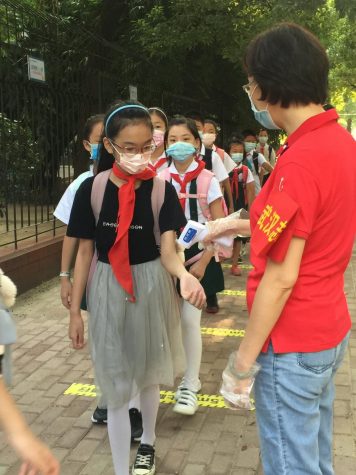

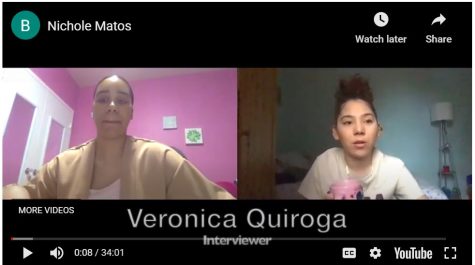
If you want a picture to show with your comment, go get a gravatar.